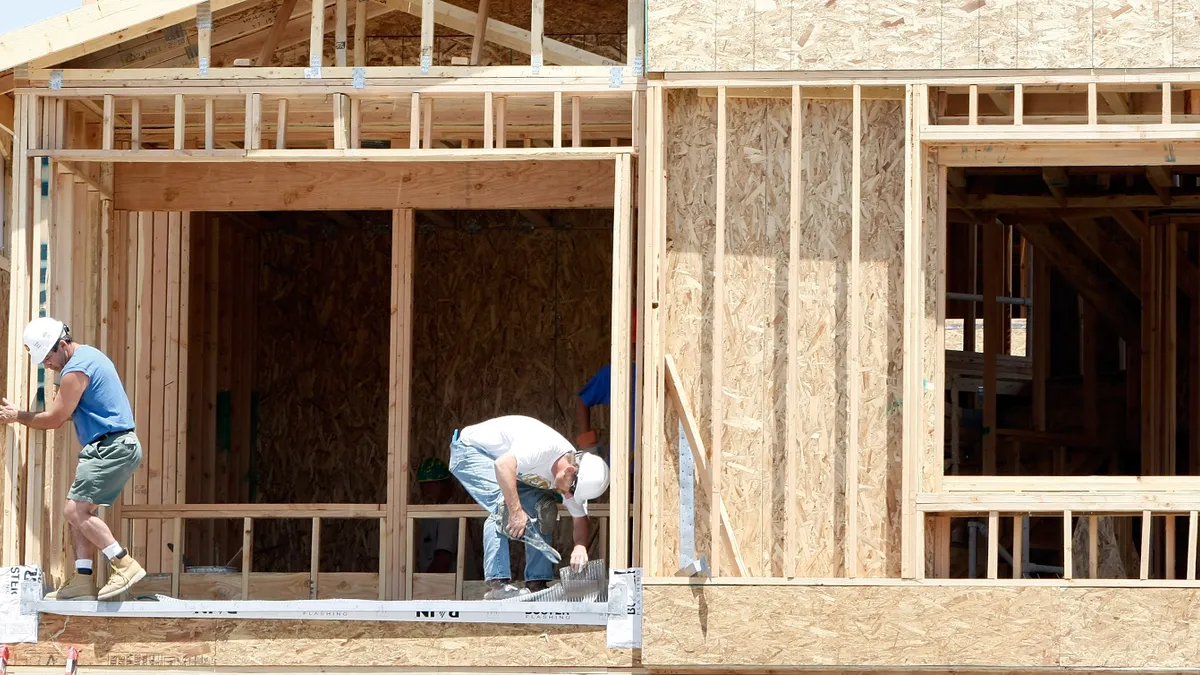Dive Brief:
- The Financial Accounting Standards Board (FASB) on Wednesday agreed in a 7-0 vote to move forward with a proposed standards update that would expand the use of the proportional amortization accounting method beyond low-income housing tax credit investments (LIHTC) that it is now tied to.
- The vote came after a report from staff recommending that the board move ahead, noting that other investments made primarily for tax purposes should be accounted for similarly using the amortization approach that gives investors a better understanding of the returns.
- “This is a good accommodation where we provide investors with a lot of information if they want to look through and understand what’s happened,” said FASB Member Gary Buesser, noting that he particularly liked the initiative’s disclosures that call for the recognition of tax credit and benefit amounts.
Dive Insight:
Investments in tax credit structures other than those related to low-income housing credits are typically accounted for using the equity or cost methods under which gains and losses and tax credits are presented on a gross basis on income statements.
FASB issued the existing guidance related to low-income housing tax credits in 2014, in part to encourage investors to support affordable housing projects that might otherwise lack capital, according to a recent report from Forvis, an international CPA and advisory firm. If the guidance is formally updated the amortization method could be used in conjunction with such other programs as New Markets Tax Credits, Historic Rehabilitation Tax Credits and Renewable Energy Tax Credits.
FASB will move ahead with a 45-day comment period to get feedback on the proposed changes, and the staff aims to issue an exposure draft around the middle of August.












